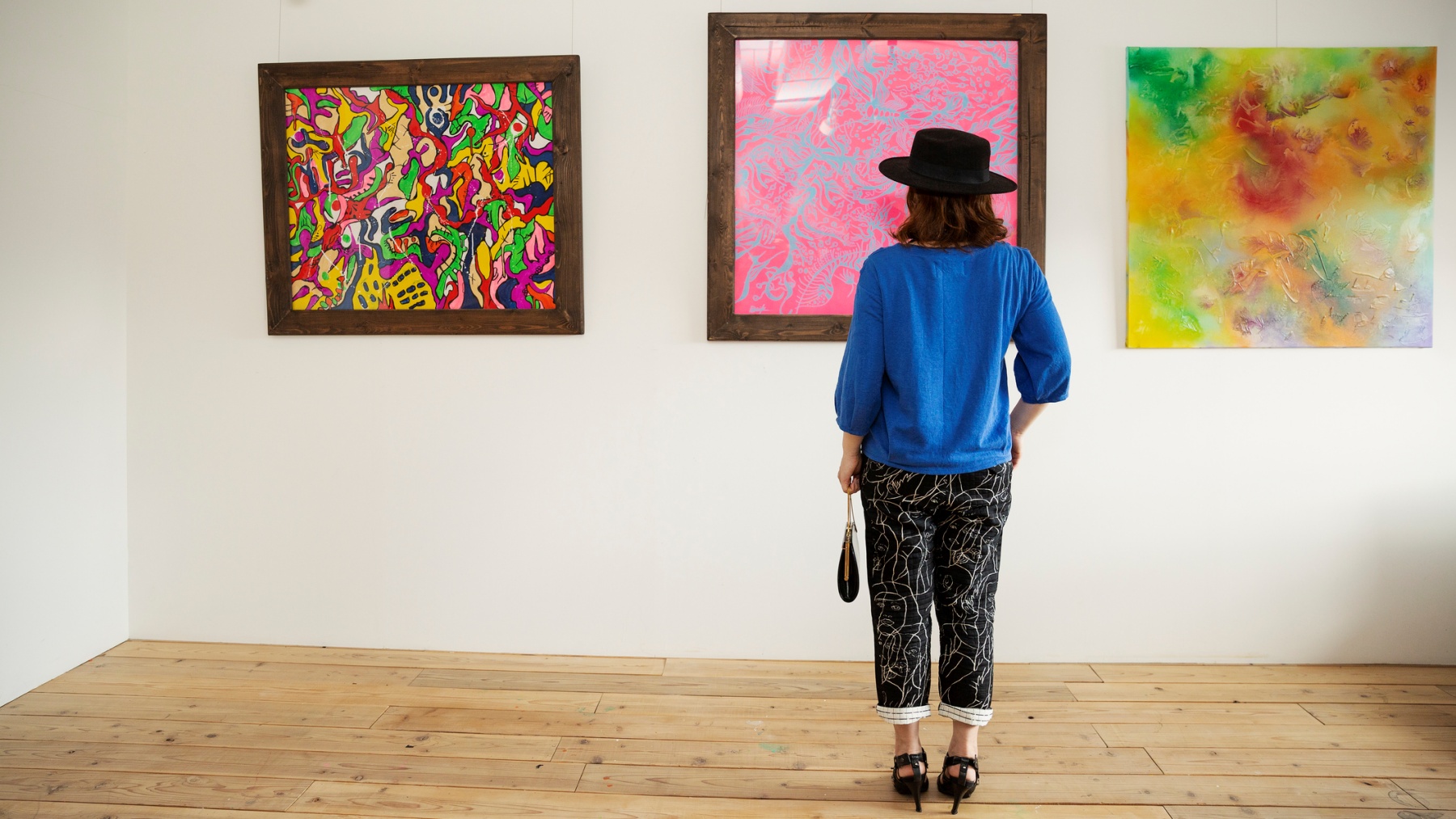If you're a creative person, and, being a person, we'll assume you're in touch with inner inspiration and imagination, however that plays out in your life, you'll understand what we're about to say: Pigeonholing someone who creates, or placing them in a single square with no room for change or growth, never works.
Consider the rock stars who also act, the painters who love to write, and the film directors known for their sculptures and/or plays and/or graphic novels. Once you've tapped into the Well of Ideas, you rarely return with but a single way to express yourself.
Look to Marc Chagall, the iconic artist born in Vitebsk, Russia (present-day Belarus) in 1887. Fauvism-fantastical reveries splashed upon a canvas, with deep color amply used throughout, may first spring to mind at reading his name, or perhaps you think of his works in stained glass.
Both impressions are understandable. And both speak of his enormous legacy.
The painter, though, easily and eye-poppingly expanded beyond paintings and glass, as his extensive stage costume designs reveal. The Los Angeles County Museum of Art is spotlighting Chagall's sprightly sartorial side in a new exhibit called "Chagall: Fantasies for the Stage."
It's on view at the Miracle Mile museum's Resnick Pavilion from Monday, July 31 through Jan. 7, 2018.
A quartet of productions are highlighted — "Aleko," "The Firebird," "Daphnis and Chloe," ballets all, and the opera-epic "The Magic Flute" — with each set of costumes on display speaking clearly to the particular tale they represent while also being unmistakenly created by Chagall's hand.
The Scene
Want to find new things to do in Los Angeles? The Scene's lifestyle stories have you covered. Here's your go-to source on where the fun is across SoCal and for the weekend.
Flowers, satyr imagery, playing cards, woodland nymphs, birds, marine life, furry critters, stars, fruits, reptiles, and dots of color weave through the clothing, with Chagall's diaphanous, dreamlike approach richly present in each piece, be that piece a jacket, pantaloons, or a crown.
Sets, too, were part of Chagall's repertoire, meaning he went beyond what the performers donned to play their parts to encompass the whole stage. The costumes, though, remain the collective centerpiece of the exhibition, as does the lilting music that plays as the viewer pauses to absorb each.
The plentiful line-up of costumes aren't the only whimsical treats in the exhibition; several paintings are also on display, on-the-wall works that more than complement the nearby wearables in theme, beauty, hue, and that Chagall-style lighter-than-air, light-of-spirit approach.
The institution behind the exhibition, which is billed as "...the first U.S. exhibition to spotlight the principal role that music and dance played in Marc Chagall's artistic career," is the Montreal Museum of Fine Arts, which is working in partnership with LACMA on the presentation.
"Chagall: Colour and Music" was the exhibition from which this current show was adapted.
Will you feel as though you've frolicked in some forest glen, playing a flute, with a goat at your side, after you weave through the multiple stages of costume wonderment?
You might. And, stronger than ever, visitors will leave with the impression that artists often go beyond the genres many know them for, with Chagall serving as a shining example that a sublime painter can also create other treasures far beyond the frame.



